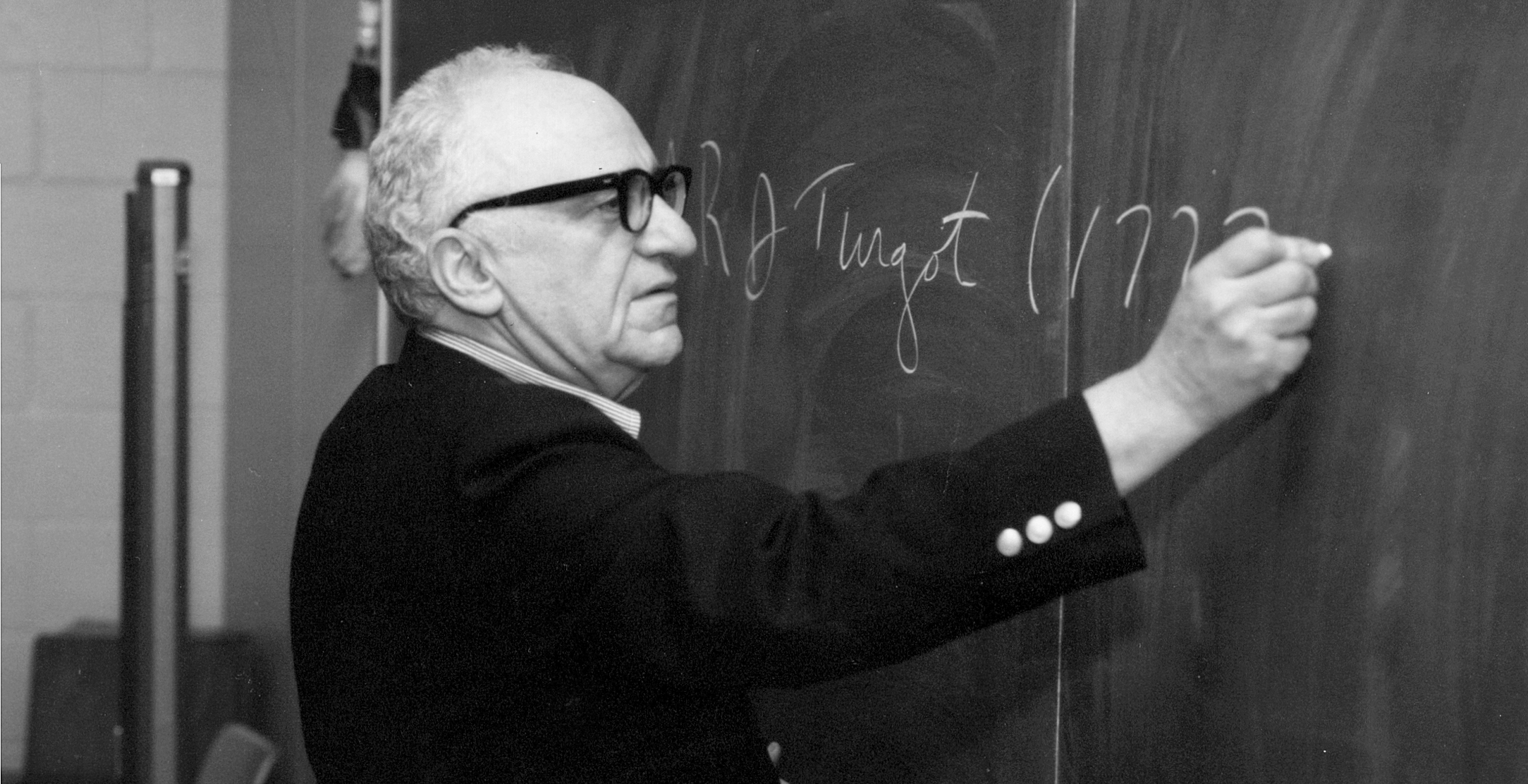Hugh,
I wanted to let folks know how deep this goes.
The writer is very prescient in identifying the threat(s). In March, I lost my job. I had worked at this corporation for 19 years, but did not survive the political culture. In early November, I lost the love of my life to a devastating disease.
While I have large stockpiles of beans, bullets, and band-aids – enough to provide for my own family plus many others for a long time – these were two things that I didn’t see coming, and was totally unprepared for.
I’m struggling to deal with the unexpected and life-altering losses. Mentally and spiritually I was blindsided. I’m recovering, but it’s very difficult, and these events exposed a hollowness in my heart that I didn’t even know existed. While I had prepared for every natural and political threat (or so I thought), I wasn’t spiritually or mentally prepared for these events.
Depression? Yes. Survivor’s guilt? Yes. Being overwhelmed with the rush of financial and legal details that have to be dealt with? Oh yeah.
So the author’s advice about preparing yourself mentally and spiritually is spot on. I’m trying to move on with my life, while ensuring that our children are provided for and as a family we transition to the next chapter of our lives successfully. Hopefully, things will work out well. – J.P.











